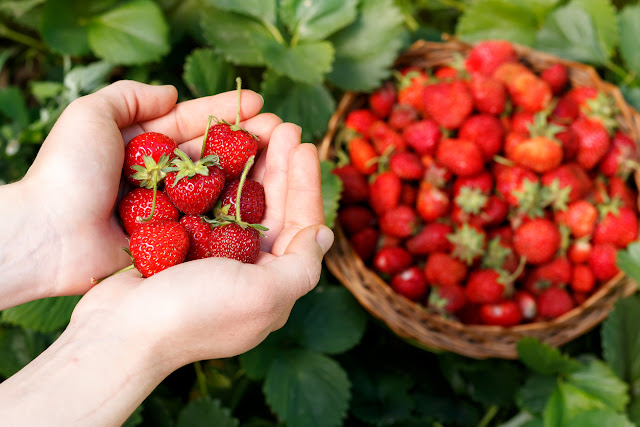It has a unique appearance and an even more memorable smell
Durian fruit is generally slightly oval, about a foot wide and covered in formidable looking spikes. The fruit can weigh between two to seven pounds, and this is heavy enough that in holding it in your hands by the body of the fruit, instead of the stem, it could potentially pierce the skin. However, its otherworldly appearance is dwarfed by another one of its attributes – the smell. Durians have a strong, rank smell that permeates the outer shell and lingers long after the fruit has been removed.It’s unwelcome on public transport
Due to its overpowering smell, durian has been banned on many types of public transport across Thailand, Japan and Hong Kong. In Singapore, the fruit is banned across all types of public transportation and even taxis have signs to let you know they refuse to carry passengers transporting the smelly fruit.It’s a superfruit
Despite the stench, durian is extremely healthy, even more so than many other fruits. Naturally rich in iron, vitamin C, and potassium, durian improves muscle strength, skin health and even lowers blood pressure. Furthermore, one small durian contains 23g of dietary fiber which is nearly all of your daily nutritional requirement. However, it is important to not eat them in excess, as in 2010 Malaysian politician Ahmad Lai Bujang was rushed to hospital complaining of breathlessness and dizziness after gorging himself on durian.There’s more than one type
There are around 30 different varieties of durian. The fruit is native to Malaysia, Indonesia and Borneo however today there are durian farms in Sri Lanka, Southern India, Cambodia, Vietnam, Thailand and the southern Chinese island Hainan. Thailand is in fact the biggest exporter of the fruit and home to many durian farms which produce more varieties than the original native locations.It’s almost impossible to describe the taste and smell
For over a hundred years, travel writers have tried to describe the taste and smell of durian and still we’re nowhere closer to being able to describe it helpfully to someone who has never experienced its unique taste and smell. In 1856, Alfred Russel Wallace sent a letter to Sir William Jackson Hooker describing the fruit as: ‘A rich custard highly flavored with almonds gives the best general idea of it, but there are occasional wafts of flavor that call to mind cream-cheese, onion-sauce, sherry-wine, and other incongruous dishes’. Anthony Bourdain, who actually enjoys eating the stinky fruit, colorfully describes the aftermath of eating it: ‘Your breath will smell as if you’d been French-kissing your dead grandmother’.It inspires architecture
Singapore’s official fruit is the durian. The Esplanade building next to Marina Bay, started as two glass domes but when the design was altered to include covering the buildings with pointed aluminum shades, the buildings took on the appearance of a durian that has been cut in half.See more: The most unusual fruits you can find in Asia
Source: Internet













